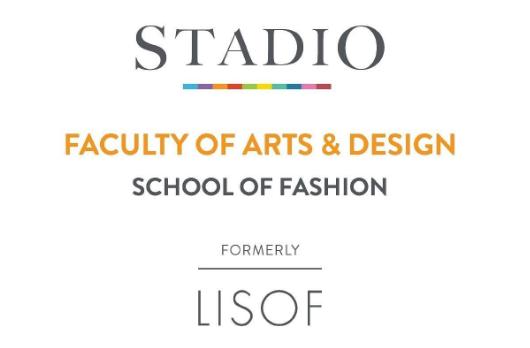As South African education institutions moved to deal with the realities of COVID-19, the country embraced remote learning and online learning and teaching. Tertiary education institutions have used a variety of digital tools to facilitate and support students’ learning online. However, while online education offers real benefits in terms of enabling studies to continue while social distancing measures are observed, it’s not the ideal form of education in many cases.
“For the creative and design curricula, the challenges of online learning and teaching are seated in the lack of tangible (tactile) and 3-dimensional space that curates the design process,” says Maryne Steenekamp, Head of STADIO School of Fashion. “Further to this, there is also a level of online fatigue that creeps into the curriculum when presenting it online. The digital space is not aligned to social interactions that one would be exposed to on campus. Data and devices that can run software and maintain internet stability are also challenging. Loadshedding also impacts on the online learning space for synchronous learning.”
“Zoom fatigue amongst students is a reality,” says Divya Singh, Chief Academic Officer at STADIO. “Students already spend considerable time online on their social media and other communication platforms. The added demands of classes online are sometimes just too much for many students, who then simply choose not to participate in the online classrooms.”
Contact learning offers several benefits that digital learning cannot deliver. First and foremost is the personal interaction and the relationship that is established between students and lecturers, as well as between peers. Beyond that, contact learning offers access to equipment, software, resources, and subject matter experts that students can observe in real-time and who can assist with problem-solving situations. “This also allows for learning experiences that support the development of the soft skills required for the world-of-work,” says Steenekamp.
Dr Willie Bouwer, Head of STADIO School of Media and Design and Acting Head of STADIO School of Information Technology, says there is less distraction with contact learning than with students learning from home. “Students can obtain a better understanding from lecturers’ and other students’ stories and real-world examples, and data shows that one increase one’s chances of successfully completing a programme when completing it in a classroom setting,” he says. “Through the lecturer’s and other students’ body language and voice, students can have access to additional information and a deeper comprehension. Students have the chance to interact, collaborate and network with students from a variety of different backgrounds.”
For all these reasons, Steenekamp, Bouwer and many other educators believe that contact learning will still have a role to play in post-pandemic tertiary education.
The best of both worlds
“Blended learning is a combination of contact and online learning and teaching which, if properly constructed, can develop critical skills for students entering the 21st century workplace, whilst also responding to the demands of the COVID pandemic,” says Singh. “The blended model allows students to experience the best of both worlds,” confirms Steenekamp. “Digital citizenship is an important skill that is required by the world-of-work and allows for a more global approach to some core knowledge sets where, for example, an international speaker can join conversations through an online platform.”
Bouwer adds that STADIO has made a significant investment in online library and information resources, which integrate with STADIO’s learning management system, Canvas. Bouwer also believes that “the blended learning and teaching model is aimed at promoting student success, enhancing their competency in online communication technologies, and enabling their readiness for the world-of-work where a mix of face-to-face and online communication has become the norm,” he says.
He emphasises that students of the future will demand a personalised learning environment. “That can only be acquired through contact learning, which encourages and enables students to cultivate their passions, find connections between diverse learning experiences and opportunities, and collaborate with others to design their learning projects and processes,” he says. “Competence encompasses more than the acquisition of knowledge and abilities; it also encompasses the mobilisation of knowledge, skills, attitudes, and values in response to complex demands. Students who are future-ready will require both broad and specialised knowledge. Disciplinary knowledge acquired in contact learning will continue to be critical as the raw material for developing new knowledge, as will the ability to think across disciplines.”
He explains that procedural knowledge is learned through an understanding of how something is accomplished or created, especially in the arts and design fields. Certain types of procedural knowledge are discipline domain-specific, which he says can only be acquired through face-to-face contact learning.
As the world adapts to all the ways in which things have changed, face-to-face socialising is something that many people long for. Bouwer and Steenekamp believe that this is unlikely to change, and that contact learning will remain in demand well into the future.
“With the focus very much on experiences, and the need for peer support and relationships, contact learning is an important cornerstone within the growth of a responsible citizen,” Steenekamp concludes.












